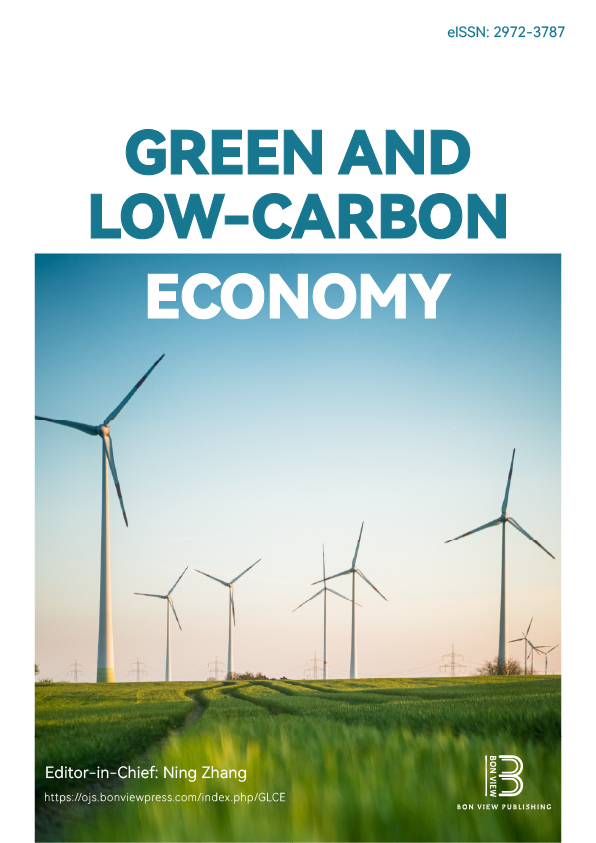Applications of Remote Sensing as Climate Resilience Technique: A Bibliometric Research Trends Analysis
DOI:
https://doi.org/10.47852/bonviewGLCE32021242Keywords:
remote sensing, climate change, geographic information systems, impact, bibliometric analysisAbstract
Regional variances in climate, soil, and topography make agricultural production systems particularly fragile. Animal health is negatively impacted by variations in air temperature, precipitation, frequency, and intensity of extreme weather events. For its assessment and administration, cutting-edge methods like remote sensing (RS), global positioning systems, and geographic information systems (GIS) might be very beneficial. The RS and GIS are essential tools with numerous applications for tackling these problems. The impact of climatic and human-induced changes on the environment is receiving more attention as a result of climate change (CC). Due to CC and human activity, “desertification” describes the degradation of land in arid, semiarid, and dry sub-humid regions. Natural resource sustainability in changing climates can be obtained with the application of RS and GIS. In this review article, the issues toward wildlife were demonstrated and the application of RS was discussed to reduce the impact of CC to save the wildlife and its preservation. Further, the bibliometric analysis was conducted via R-studio Bibliometric tool, which entailed that developed countries (USA, Canada, Germany) are more forward to applying RS tool to mitigate climate risks.
Received: 18 June 2023 | Revised: 25 July 2023 | Accepted: 16 September 2023
Conflicts of Interest
The author declares that she has no conflicts of interest to this work.
Data Availability Statement
Data available on request from the corresponding author upon reasonable request.
Author Contribution Statement
Arpita Ghosh: Conceptualization, Methodology, Software, Validation, Investigation, Resources, Data curation, Writing - original draft, Writing - review & editing, Visualization, Supervision, Project administration.
Downloads
Published
Issue
Section
License
Copyright (c) 2023 Author

This work is licensed under a Creative Commons Attribution 4.0 International License.


